Remember when television was simpler, and every show seemed to wrap up neatly in thirty minutes with hugs and heartfelt conversations? The 1970s gave us some of the most beloved TV friendships of all time – from the Brady kids to the Happy Days gang to those lovable roommates on Three’s Company. We’d gather around our wood-paneled television sets every week, watching these characters navigate life’s ups and downs with unwavering loyalty to one another. But as we’ve learned over the decades, what happened behind the cameras wasn’t always as harmonious as what we saw on screen. While these shows painted pictures of perfect friendships and family bonds, the real relationships between cast members were often far more complicated. From professional jealousies to personal conflicts, many of our favorite ’70s TV friendships were hiding drama that would make a soap opera writer blush.
1. The Brady Bunch – Marcia and Jan (Maureen McCormick and Eve Plumb)
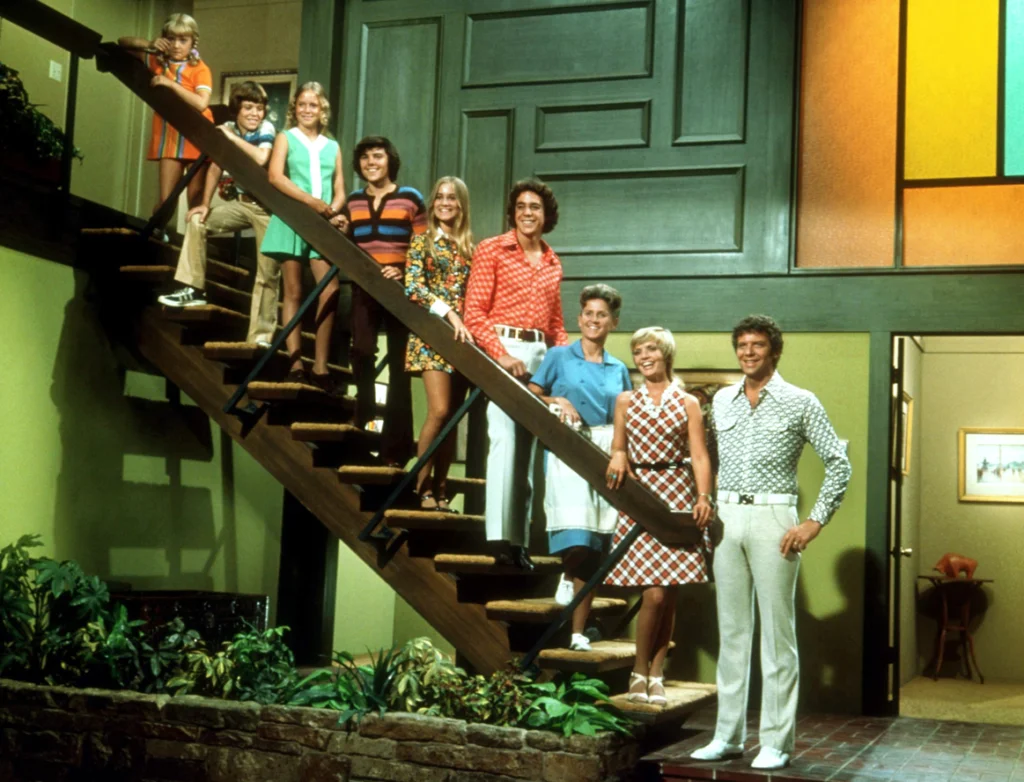
The sibling rivalry between Marcia and Jan Brady wasn’t just an act – it reflected real tensions between actresses Maureen McCormick and Eve Plumb that lasted for years. Eve Plumb (Jan Brady) and Maureen McCormick (Marcia Brady) had a long-standing feud as child actors who simply didn’t like one another. While the cameras rolled, they delivered those iconic “Marcia, Marcia, Marcia!” moments with convincing sisterly frustration. On top of all this, Womans World reports that romantic relationships may have further complicated matters.
Behind the scenes, however, the two young actresses struggled with the pressures of fame and the natural competition that arose from their different personalities and career trajectories. McCormick has since opened up about her own personal struggles during and after the show, while Plumb maintained a more private approach to her life post-Brady. Their relationship remained strained for decades, though both have spoken more kindly of each other in recent years, showing that time can indeed heal old wounds.
2. Happy Days – Richie and Potsie (Ron Howard and Anson Williams)
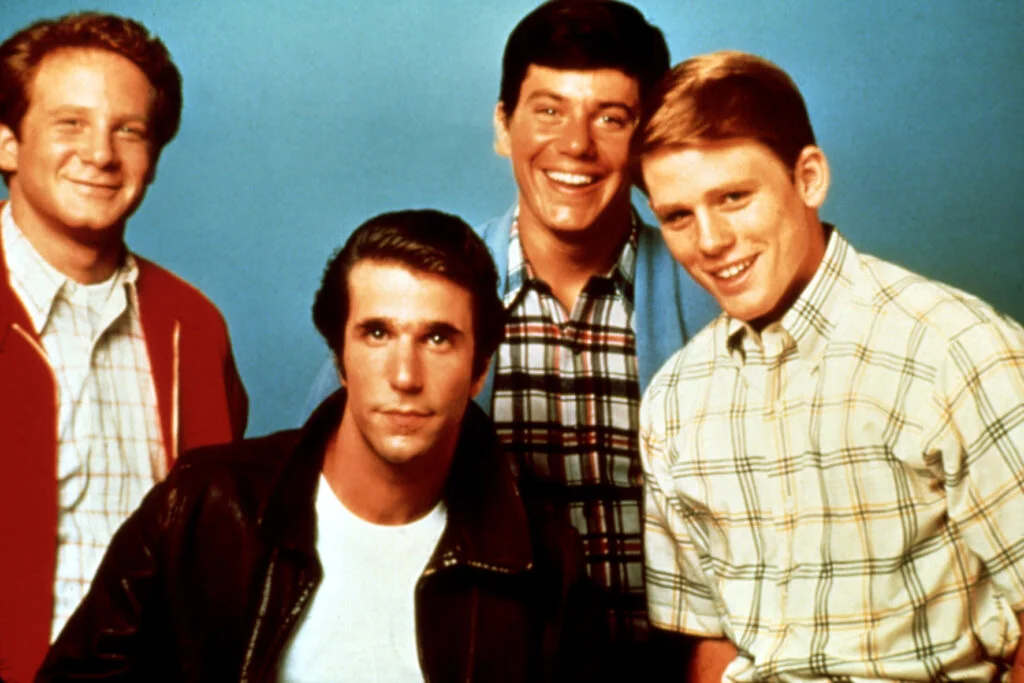
Richie Cunningham and Warren “Potsie” Weber were the epitome of teenage best friends in 1950s Milwaukee, sharing milkshakes at Arnold’s and navigating the trials of adolescence together. Ron Howard and Anson Williams seemed to have that same easy camaraderie off-screen, but the reality was more complex than their characters’ friendship. While they maintained professional respect for each other, Williams often felt overshadowed by Howard’s natural charisma and the attention he received from producers and directors. Remind reveals just how imperfect this dynamic could be when the cameras stopped rolling.
The situation became more complicated as Howard’s career began taking off in directions beyond Happy Days, particularly with his interest in directing. Williams reportedly felt that Howard received preferential treatment on set and better storylines, creating an undercurrent of professional jealousy that occasionally surfaced during filming. Though they’ve remained cordial over the years, their relationship never developed into the lifelong friendship that many fans assumed existed between them.
3. Laverne & Shirley – Laverne and Shirley (Penny Marshall and Cindy Williams)

The bottle-capping roommates from Milwaukee captured hearts with their physical comedy and unbreakable bond, but the friendship between Penny Marshall and Cindy Williams was far more fragile than their characters’ relationship. From feuds to off-screen rivalries, the cast of this show didn’t always get along like their famous characters The two actresses had different approaches to their craft and different visions for where the show should go, leading to creative tensions that grew more pronounced as the series progressed. MeTV reports that whatever strain there was between them was, eventually, addressed.
Williams was known for being more serious about her acting technique, while Marshall preferred a more spontaneous, improvisational approach to comedy. Their working relationship became increasingly strained, particularly during the later seasons when the show moved from Milwaukee to California. By the time Williams left the series before its final season, their professional partnership had deteriorated significantly, though they’ve since reconciled and speak fondly of their shared success.
4. Three’s Company – Jack, Janet, and Chrissy (John Ritter, Joyce DeWitt, and Suzanne Somers)
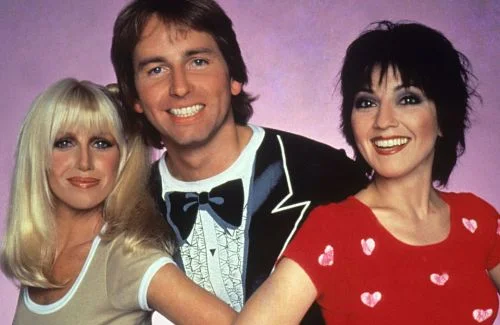
The trio of roommates sharing Apartment 3 seemed to have genuine chemistry and friendship, but behind the scenes, tensions were brewing that would eventually tear the cast apart. While John Ritter maintained good relationships with his co-stars, the dynamic between Joyce DeWitt and Suzanne Somers became increasingly strained as the show’s popularity grew. Somers’ rising star status and her demands for equal pay to her male co-star created friction on set that affected the entire production.
DeWitt, who had trained as a serious actress, sometimes felt frustrated by the show’s increasingly slapstick direction and the attention focused on Somers’ character and appearance. The situation reached a breaking point when Somers was written off the show, leaving DeWitt and Ritter to continue without their third roommate. The professional relationships never fully recovered, and for years, the three main stars rarely appeared together at reunions or interviews.
5. The Waltons – The Walton Children (Various Young Actors)
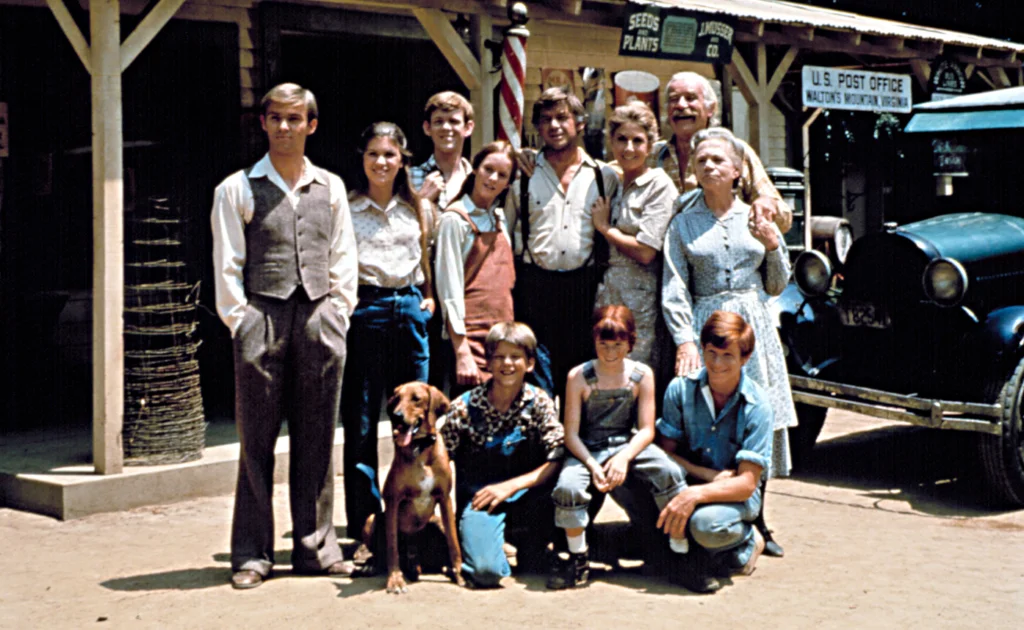
The large Walton family seemed to embody everything wholesome about American family values, with the children supporting each other through Depression-era hardships. However, managing a cast of young actors over seven seasons created its own set of challenges and interpersonal drama. The age differences between the child actors meant they were at different stages of development, and some struggled with the pressures of growing up in the public eye while maintaining their on-screen family dynamics.
Several of the young actors have since spoken about feeling isolated from their peers outside the show and dealing with typical sibling rivalries that were magnified by the pressure of performing together. There were also concerns about fair treatment regarding screen time and storylines, as some characters received more development than others. While many of the cast members have maintained friendships into adulthood, the experience of growing up on television created unique pressures that affected their relationships both during and after the show’s run.
6. Welcome Back, Kotter – The Sweathogs (John Travolta, Robert Hegyes, Ron Palillo, Lawrence Hilton-Jacobs)
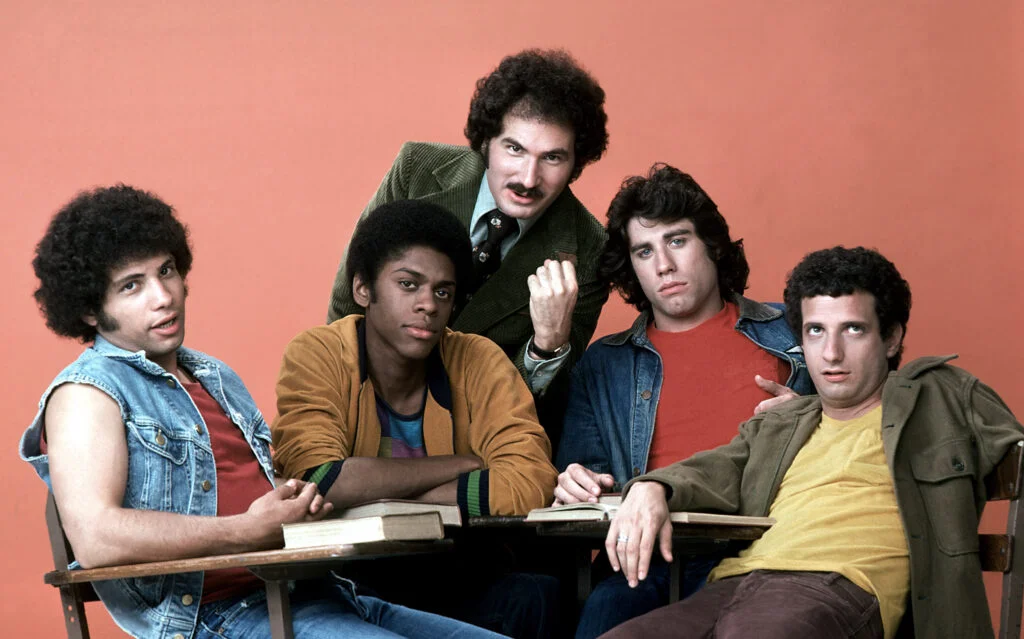
The loveable remedial students known as the Sweathogs brought laughter to classrooms across America, but their real-life relationships were complicated by the sudden superstardom of John Travolta. As Vinnie Barbarino, Travolta was supposed to be just one of four equal ensemble players, but his natural charisma and leading-man looks made him the breakout star. This shift in attention created jealousy and resentment among the other actors, who felt their own contributions to the show’s success were being overshadowed.
The situation became more pronounced when Travolta began missing episodes to pursue his film career, particularly after Saturday Night Fever made him a household name. His co-stars had to carry more of the comedic load while watching their friend and colleague become one of the biggest stars in Hollywood. Though they maintained professional relationships, the dynamic of their friendship was forever changed by the unequal trajectory of their careers after the show ended.
7. Charlie’s Angels – The Angels (Farrah Fawcett, Kate Jackson, and Jaclyn Smith)
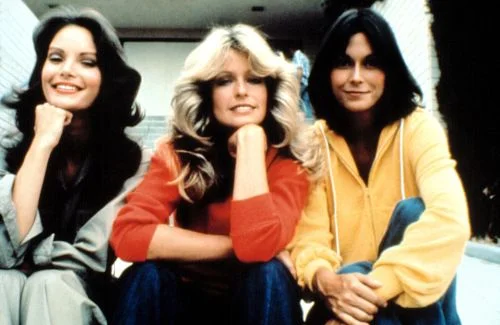
The three crime-fighting beauties appeared to be the perfect team, both on and off camera, but the reality behind their seemingly supportive friendship was more complicated. Kate Jackson, who had more extensive acting experience, sometimes felt frustrated by the show’s emphasis on glamour over substance and the media attention focused on Farrah Fawcett’s iconic hairstyle and poster sales. Jackson was more interested in the procedural aspects of their detective work, while the show’s producers were more focused on the visual appeal of the three actresses.
Fawcett’s decision to leave after just one season created additional tension, as her co-stars felt abandoned and concerned about the future of the show. The constant comparisons between the three actresses in terms of popularity, appearance, and acting ability created an undercurrent of competition that was difficult to ignore. While they maintained professional courtesy, their relationships were strained by the pressures of being constantly compared to one another in the media.
8. The Odd Couple – Felix and Oscar (Tony Randall and Jack Klugman)
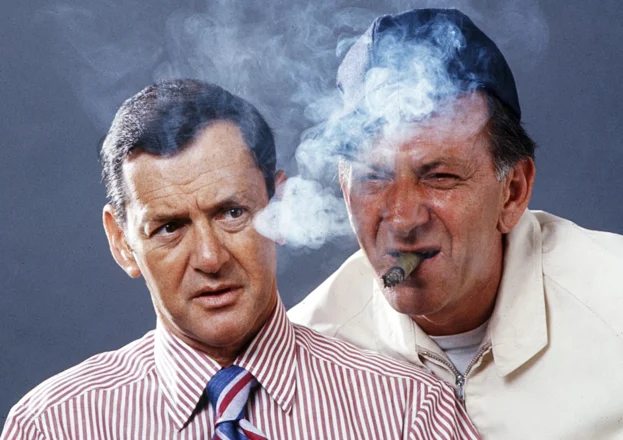
The mismatched roommates Felix Unger and Oscar Madison brought Neil Simon’s Broadway characters to television with apparent ease and natural chemistry. Tony Randall and Jack Klugman seemed to embody their characters’ odd-couple dynamic perfectly, but their real-life relationship had its own share of complications. Randall, classically trained and meticulous about his craft, sometimes clashed with Klugman’s more casual approach to the work, mirroring their characters’ neat-versus-messy personalities.
Their different acting backgrounds and methodologies occasionally created tension during filming, though both were consummate professionals who rarely let their disagreements affect their performances. Klugman’s more blue-collar background and Randall’s theatrical training represented different approaches to comedy that didn’t always mesh smoothly. Despite these professional differences, they maintained a working relationship that lasted through the show’s five-season run, though their friendship was more of a professional partnership than a personal bond.
9. Good Times – The Evans Family (Esther Rolle, John Amos, and Jimmie Walker)
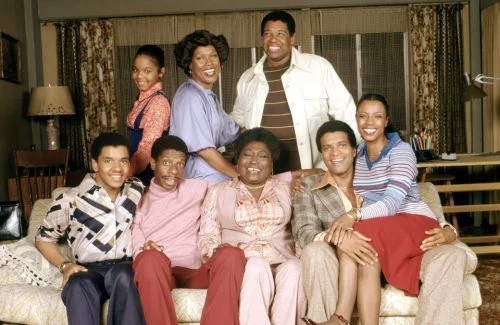
The Evans family from Chicago’s housing projects was supposed to represent a strong, united African-American family facing economic hardships together. However, tensions arose between the adult actors over the direction of the show and the prominence given to Jimmie Walker’s character, J.J. Esther Rolle and John Amos, both serious actors, became increasingly concerned that J.J.’s catchphrases and comedic antics were overshadowing the show’s important social messages about poverty and family strength.
The disagreements about the show’s tone and message created a divide between Walker and his TV parents, who felt that the comedy was undermining their efforts to present positive images of African-American family life. Both Rolle and Amos eventually left the show at different times, partly due to their frustrations with how their characters and the show’s message were being handled. The professional relationships never fully recovered, as each actor had different visions for how to best serve their community through their work.
10. The Mary Tyler Moore Show – The Newsroom Gang (Mary Tyler Moore, Ed Asner, Gavin MacLeod, Ted Knight)
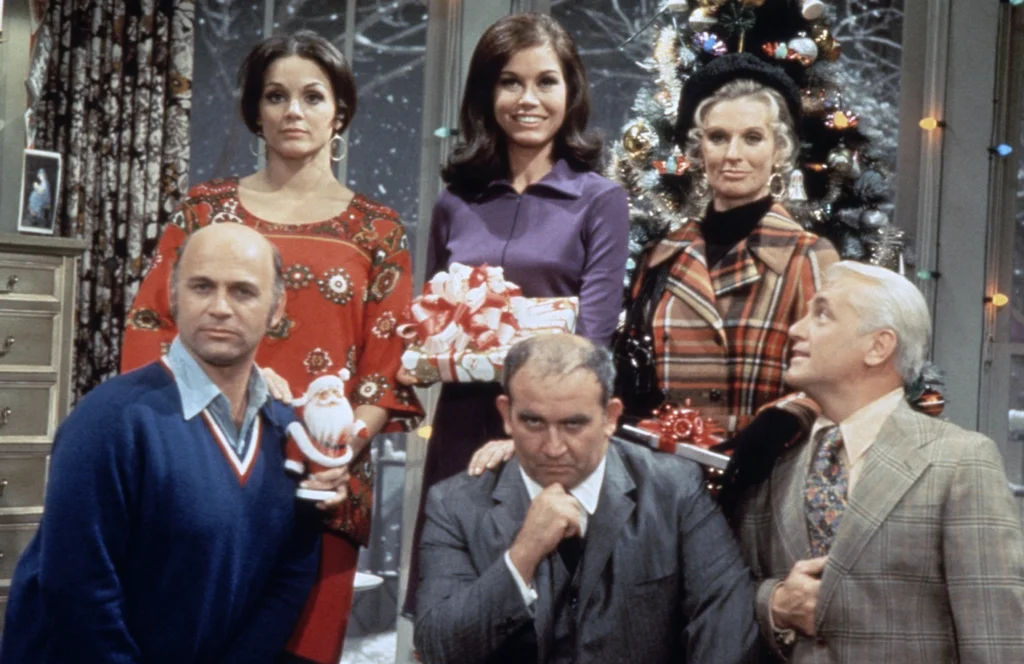
The WJM-TV newsroom seemed like the perfect workplace family, with Mary Richards serving as the heart that brought together her quirky colleagues. While the show was critically acclaimed and beloved by audiences, the relationships between cast members were more professional than familial. Ted Knight, who played the vain anchorman Ted Baxter, sometimes felt that his comedic contributions weren’t fully appreciated by his more dramatically-inclined co-stars, creating occasional tension during table reads and rehearsals.
The different levels of career success and recognition also created subtle undercurrents of competition among the cast members. While Mary Tyler Moore was the undisputed star, the supporting actors had varying degrees of career satisfaction and opportunities outside the show. These professional concerns sometimes affected the easy camaraderie that viewers saw on screen, though all the actors maintained enough professionalism to deliver consistently excellent performances throughout the show’s seven-season run.
11. Starsky & Hutch – The Detective Partners (Paul Michael Glaser and David Soul)
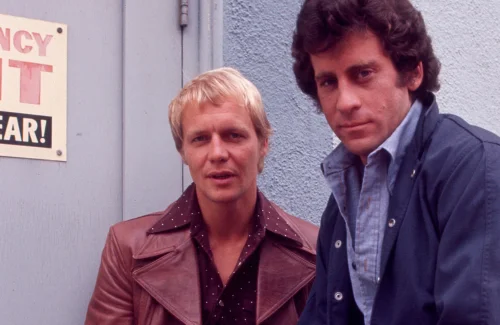
The crime-fighting duo of Starsky and Hutch appeared to have the kind of partnership that every cop show tries to recreate – two friends who would do anything for each other. Paul Michael Glaser and David Soul brought energy and chemistry to their roles, but their off-screen relationship was strained by competition and different career goals. Soul’s musical aspirations and his success as a recording artist created scheduling conflicts and divided his attention from the show, frustrating Glaser who was more focused on their television work.
The physical demands of the action sequences and the long hours of filming also took their toll on both actors, creating stress that affected their personal relationship. Different approaches to their craft and different visions for their characters sometimes led to disagreements with producers and each other. While they maintained their professional partnership throughout the show’s run, their friendship was more complicated than the loyal bond their characters shared on screen.
12. Fantasy Island – Mr. Roarke and Tattoo (Ricardo Montalbán and Hervé Villechaize)

The mysterious host of Fantasy Island and his enthusiastic assistant seemed to have a warm, paternal relationship that extended beyond their work on the tropical paradise. However, the reality of their working relationship was complicated by Villechaize’s struggles with the pressures of sudden fame and his difficulties with alcohol and personal relationships. Ricardo Montalbán, a seasoned professional with decades of experience, sometimes found himself in the uncomfortable position of trying to mentor his troubled co-star while maintaining their working dynamic.
Villechaize’s personal issues began affecting his reliability and performance, creating tension on set and concern among the cast and crew. His demands for higher pay and equal billing created additional friction with producers and, by extension, affected his relationship with Montalbán. The situation eventually led to Villechaize’s departure from the show, ending their on-screen partnership on a difficult note that reflected the challenges of their real-life working relationship.
The 1970s gave us television friendships that felt genuine and heartwarming, creating bonds between characters that we wished we could have in our own lives. These shows provided comfort and escapism during a turbulent decade, offering us weekly doses of loyalty, laughter, and love that seemed effortless and pure. We invested emotionally in these relationships, making them part of our own family traditions and shared cultural experiences.
Looking back now, knowing about the real-life drama behind these beloved friendships doesn’t diminish their impact or our fond memories of watching them unfold. Instead, it reminds us that even our favorite entertainers are human beings with their own struggles, insecurities, and conflicts. The fact that they were able to create such believable and touching friendships despite their personal differences is a testament to their professionalism and talent – and perhaps makes their performances even more impressive than we originally realized.


